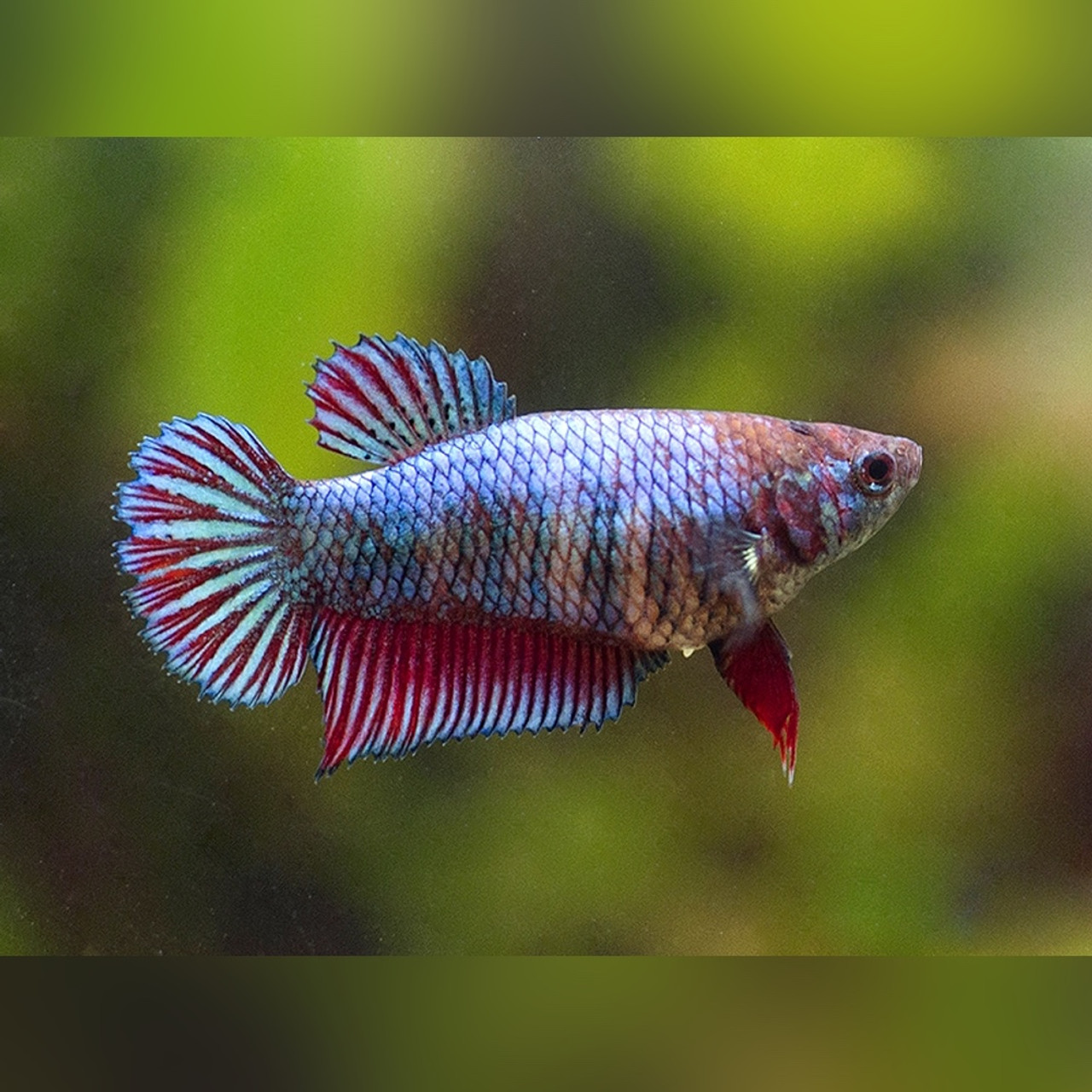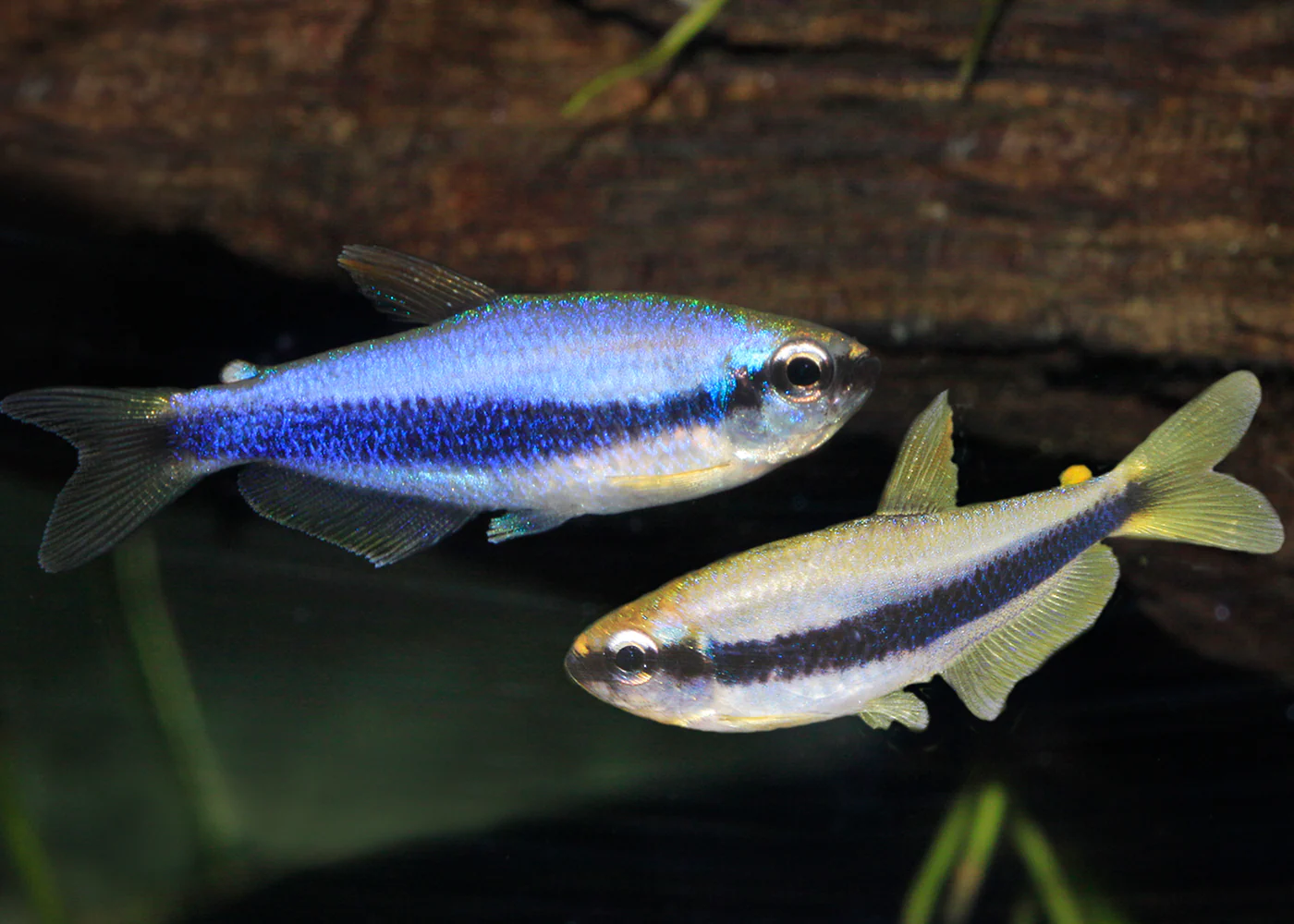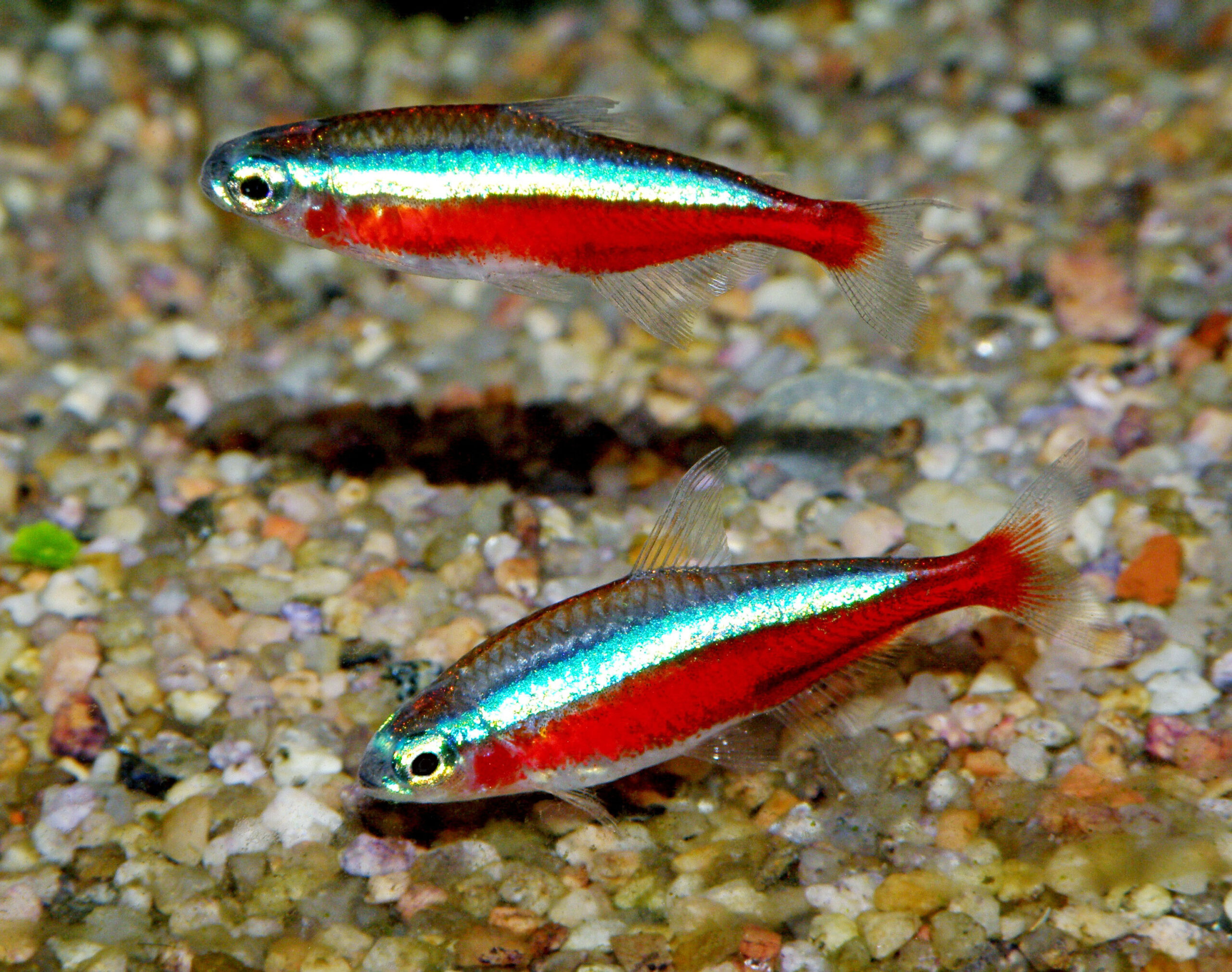The Red Terror is known from the Rio Esmeraldas drainage in Ecuador to the Rio Tumbes basin in Peru, on the Pacific side of South America. Here it is found in various biotopes, including small-medium sized rivers, where it tends to favour the slower, heavily vegetated reaches close to the margins. This species is highly territorial and grows very large (length and girth), so a voluminous aquarium is required with powerful filtration to match. Provide a substrate of soft sand or small rounded gravel. Sizeable pieces of driftwood and rocks/slate can be used to create sheltered areas, but these should be made secure as these hefty cichlids are notorious diggers and they more than capable of moving décor around. Bonding pieces of rock together with aquarium grade silicon sealant prior to filling the tank is sensible. As large quantities of substrate are likely to be bulldozed on a daily basis, plants cannot be cultivated. A guard should be fitted to the heater in order to protect it against breakages, or better still, opt for a canister filter that has a heater built in, so the element is not situated in the tank itself. Partial water changes should be carried out on a frequent basis to help keep nitrate to a minimum. This is an exceptionally aggressive species which is best maintained singly or as an established male-female pair. They are intolerant of their own kind, but can sometimes be combined with other robust cichlids, if the aquarium is particularly spacious (over 1000 litres) and has a plethora of visual barriers. Tankmates could include other Central/South American cichlids of a similar size and temperament, or large armoured catfish. However, if breeding does occur, expect a huge amount of aggression directed towards the other fish and be prepared to move the tankmates to another aquarium for their own safety. Sometimes the male can be very persistent when wanting to breed, and if the female is not receptive, he may harm her. So always observe carefully and have a tank divider on hand, should the need arise to separate an overly amorous male from his female. Ensure the aquarium has a tight fitting hood that is weighted down, as these heavyset fish are expert jumpers. Despite its large size and belligerent nature, this remains a popular fish with cichlid enthusiasts. Sexual dichromatism becomes apparent when the fish reach 10-12.5cm (4-5″).
Feeding
Omnivorous. This species requires a balanced diet in order to retain good colours. Slow sinking pellets/sticks, frozen foods such as Mysis shrimp, krill, chopped cockle, chopped mussel meat and prawns will all be taken with much enthusiasm. Be sure to provide a vegetable component to the diet, such as spinach, kale, lettuce and cucumber.




Reviews
There are no reviews yet.